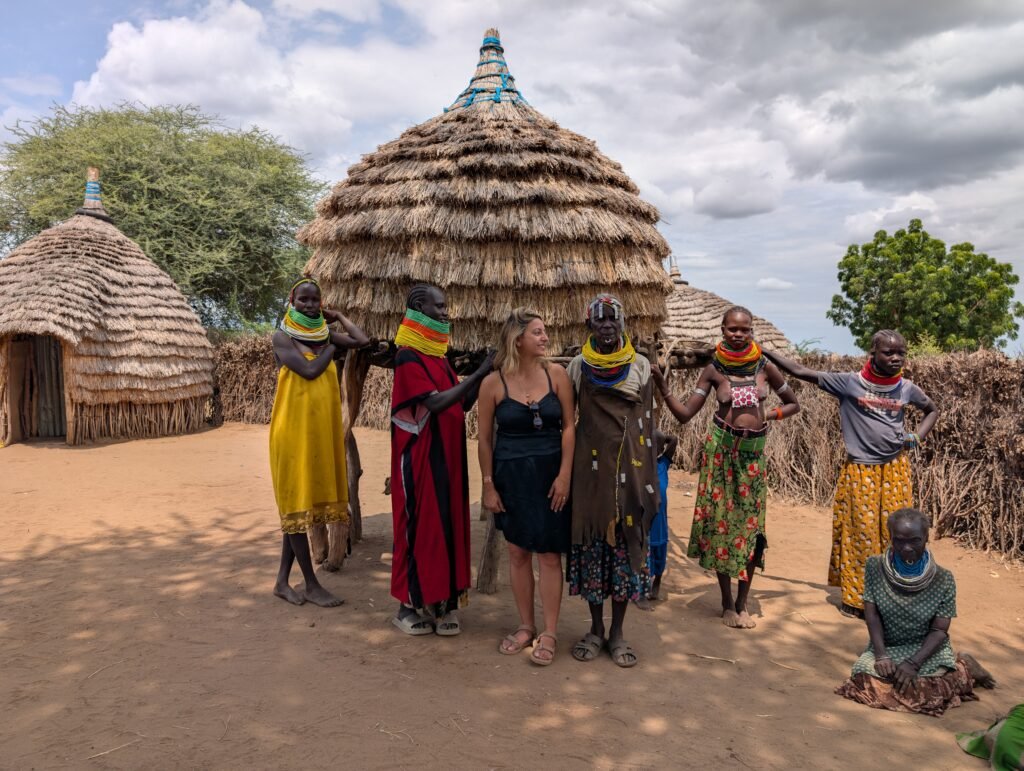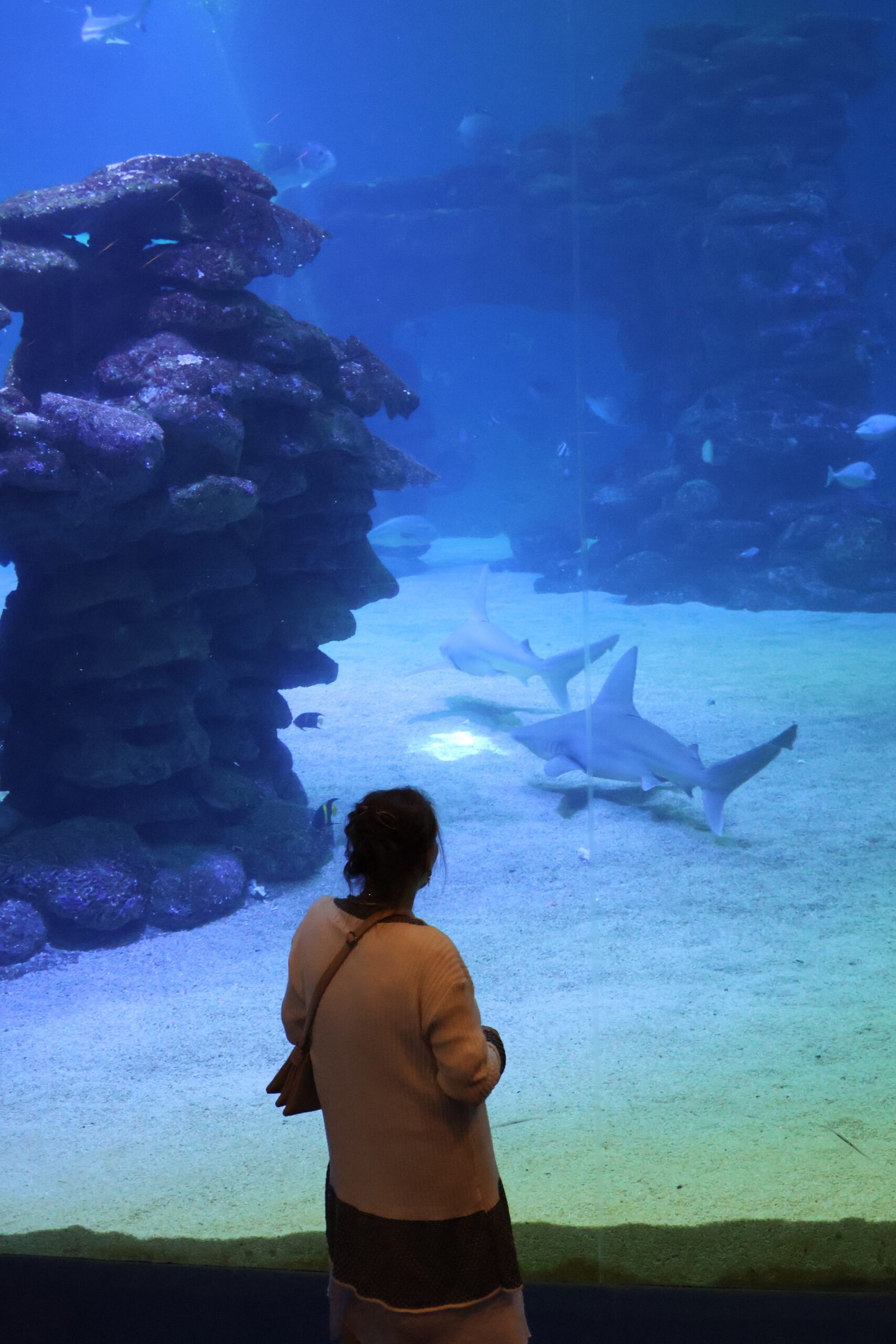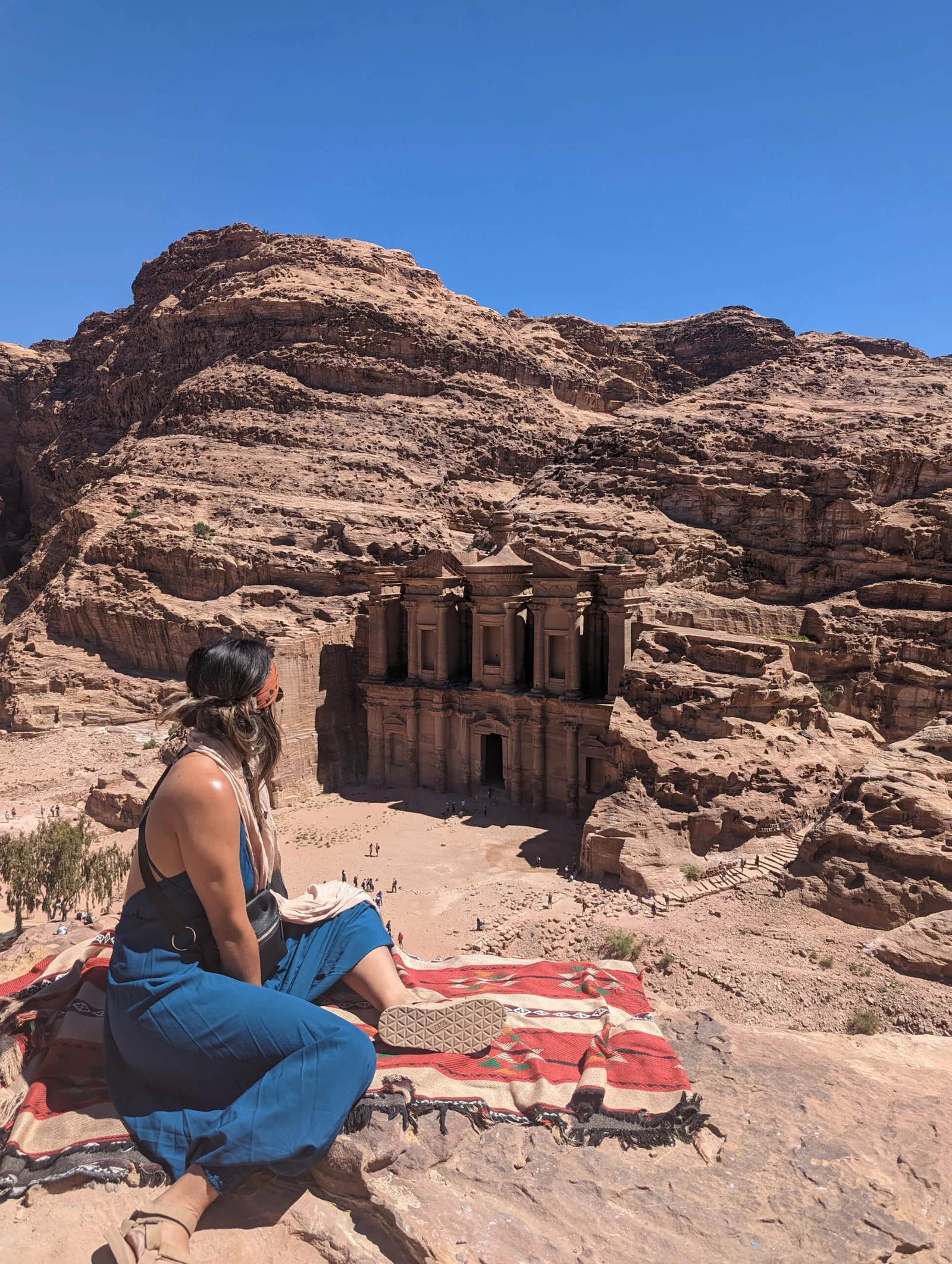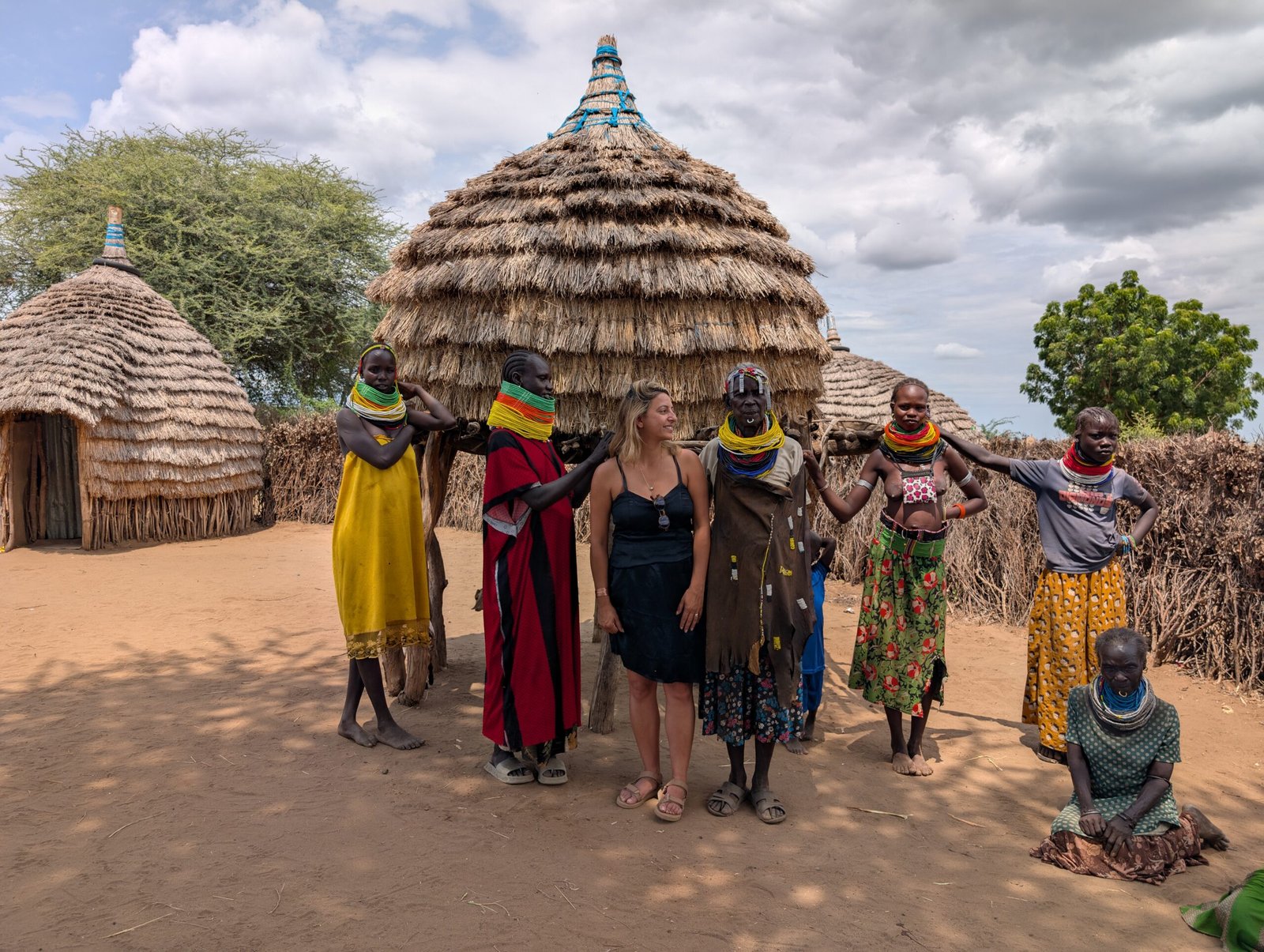
Ethiopia – Not the Africa You Think You Know
When we said we were going to Ethiopia, people raised their eyebrows.
“Why there?” “Is it dangerous?” “What is there even to see?”
But Ethiopia… Ethiopia is not the Africa you imagine. It’s a continent of its own. Different. Powerful. Soul-stirring. A country you simply can’t remain indifferent to – not to the sights, not to the flavors, not to the people.
It’s a land of extremes – unbearable desert heat versus lush green highlands and steaming hot springs. Tribes who live as they did centuries ago, side by side with historic cities that feel like they belong in a legend.
Over the course of our journey, we discovered four main travel regions, each one a world of its own.
1. Afar & the Danakil Depression – Hell on Earth
Here we experienced true culture shock. We spent a night under the stars on a salt plain, in 45-degree heat – at night. No cell signal, no running water, sleeping beside members of the Afar tribe who still live as nomads, just like their ancestors.
The landscape looked like another planet – active volcanoes like Erta Ale, colorful acidic craters bubbling with life, endless salt flats dotted with camel caravans transporting salt to market.
This wasn’t just a destination – it was an existential experience.
And yes, in some parts you need to arrange armed escorts. And no, that didn’t stop us. It was one of the most intense and unforgettable parts of the trip.
2. Harar – A City That Belongs to Another Time
Arriving in Harar felt like stepping into a storybook. Winding alleys, vibrantly painted houses, a spice market that intoxicated us with scent alone.
It’s one of the oldest Muslim cities in Africa, with centuries of scholarship, poetry, and trade. At night, locals feed wild hyenas by hand – an ancient ritual we couldn’t believe we were witnessing.
The pace here is slow, thoughtful, almost enchanted. Every stone seems to whisper a story.
3. Gondar & Lalibela – The Christian Heart of Ethiopia
In Lalibela, we wandered along paths that led us… underground.
Here lie rock-hewn churches from the 12th century, still active and full of pilgrims. We stood in awe as robed priests chanted softly in echoing chambers carved straight into the mountain.
Then we continued to Gondar – Ethiopia’s “Jerusalem” – home to castles that look like they belong in Europe but were built here in the 17th century.
We felt like we were traveling through time – but not to a place we knew. The symbols, the flavors, the energy – everything was different.
And here we ate the most delicious injera of the trip – fiery, aromatic stews served on a massive tray and eaten with our hands.
4. Southern Ethiopia – Tribes of the Omo Valley and Lush Landscapes
This is where our journey turned deeply human.
The tribes of the south – the Hamar, Mursi, Karo, Dorze and others – have preserved their traditions with pride. We visited markets, witnessed dances, saw people adorned with body paint, lip plates, symbolic tattoos – and felt like we had stepped into a living ethnographic film.
In the Arba Minch area, nature itself dazzles – crater lakes, forests, troops of baboons, and a sense of wildness that hasn’t been tamed.
Ethiopia – Geology and History Carved into the Land
Ethiopia lies on the Great Rift Valley – a massive tectonic fault line that creates its extreme geography: the Afar desert, the Simien Mountains, volcanic lakes. It’s one of the most geologically active places on Earth – and one of the oldest.
Historically? Ethiopia is the only African country that was never colonized (aside from a brief Italian occupation), the birthplace of coffee, and – quite possibly – the birthplace of humanity. The oldest human remains ever found were unearthed right here.
So Why Ethiopia?
Because it makes you meet yourself – in the unfamiliar, in the challenge, in the unexpected beauty.
Because each region is a whole new story.
Because whether you’re hiking the Simien Mountains, dancing with the Hamar, sitting by a fire in Gondar, or staring into a boiling crater in the Danakil – you leave this place changed





